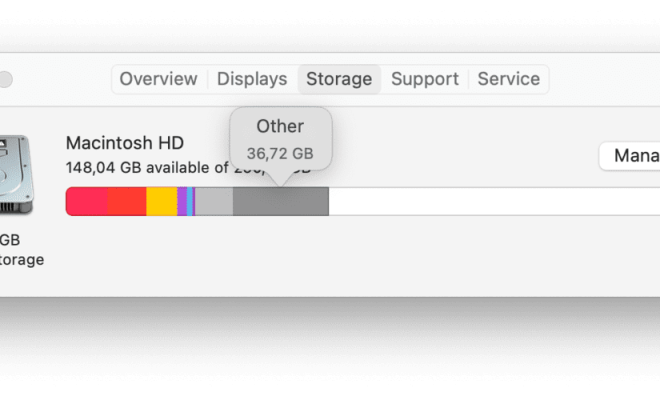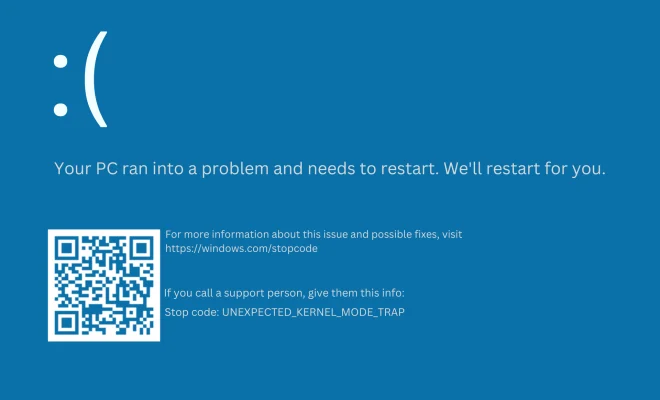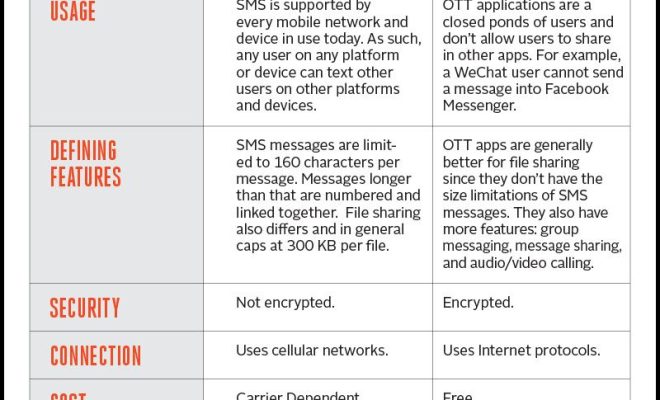What Is “Other” Storage on Mac and How Do You Clear It?

If you’re a Mac user, you may have noticed that your computer’s storage can sometimes suddenly become full despite not having added any new files or documents. When you check your storage settings, you may see a large chunk listed as “Other,” which can be frustrating as you may not be sure what exactly is taking up all that space.
So, what is “Other” storage on Mac?
In short, “Other” storage refers to files and data that macOS cannot categorize as documents, photos, music, or any other specific type of file. This can include things like cache files, email attachments, system backups, and more.
Since these files are not easily identifiable as belonging to any one category, they end up getting lumped together as “Other” in your computer’s storage settings. The problem with this is that they can take up a lot of space, leaving you with less room to store the files you actually need.
To see how much “Other” storage your Mac is using, simply click on the Apple menu in the top-left corner of your screen and select “About This Mac.” Then click on the “Storage” tab to see a breakdown of your computer’s storage usage.
If you find that “Other” storage is taking up too much space, there are a few ways you can try to clear it out. Here are some suggestions:
1. Clear cache files
Cache files are created by your computer when you access certain websites or applications. These can take up a lot of space over time, so it’s a good idea to clear them out every so often. You can do this by using a third-party app like CleanMyMac or by manually deleting cache files in the Library folder on your computer.
2. Remove old email attachments
If you use Apple Mail to manage your email, you can check to see if there are any large attachments that you no longer need. To do this, open Mail and type “large attachments” into the search bar. This will bring up a list of all the attachments you have received in your inbox that are over a certain size. You can then choose to delete these attachments to free up space.
3. Clear out old backups
If you use Time Machine to back up your computer, you may have old backups taking up space on your hard drive. You can delete these backups by accessing the Time Machine preferences in System Preferences and selecting the “Delete Backup” option.
4. Use a storage management app
There are many third-party apps available that can help you manage your Mac’s storage more efficiently. These include apps like DaisyDisk, which scans your computer’s storage and presents the data in an easy-to-understand way, allowing you to quickly identify and delete unnecessary files.
In conclusion, “Other” storage on Mac can be a mysterious and frustrating thing. However, by taking a few simple steps to clear out unnecessary files and data, you can free up space on your computer and improve its overall performance.






